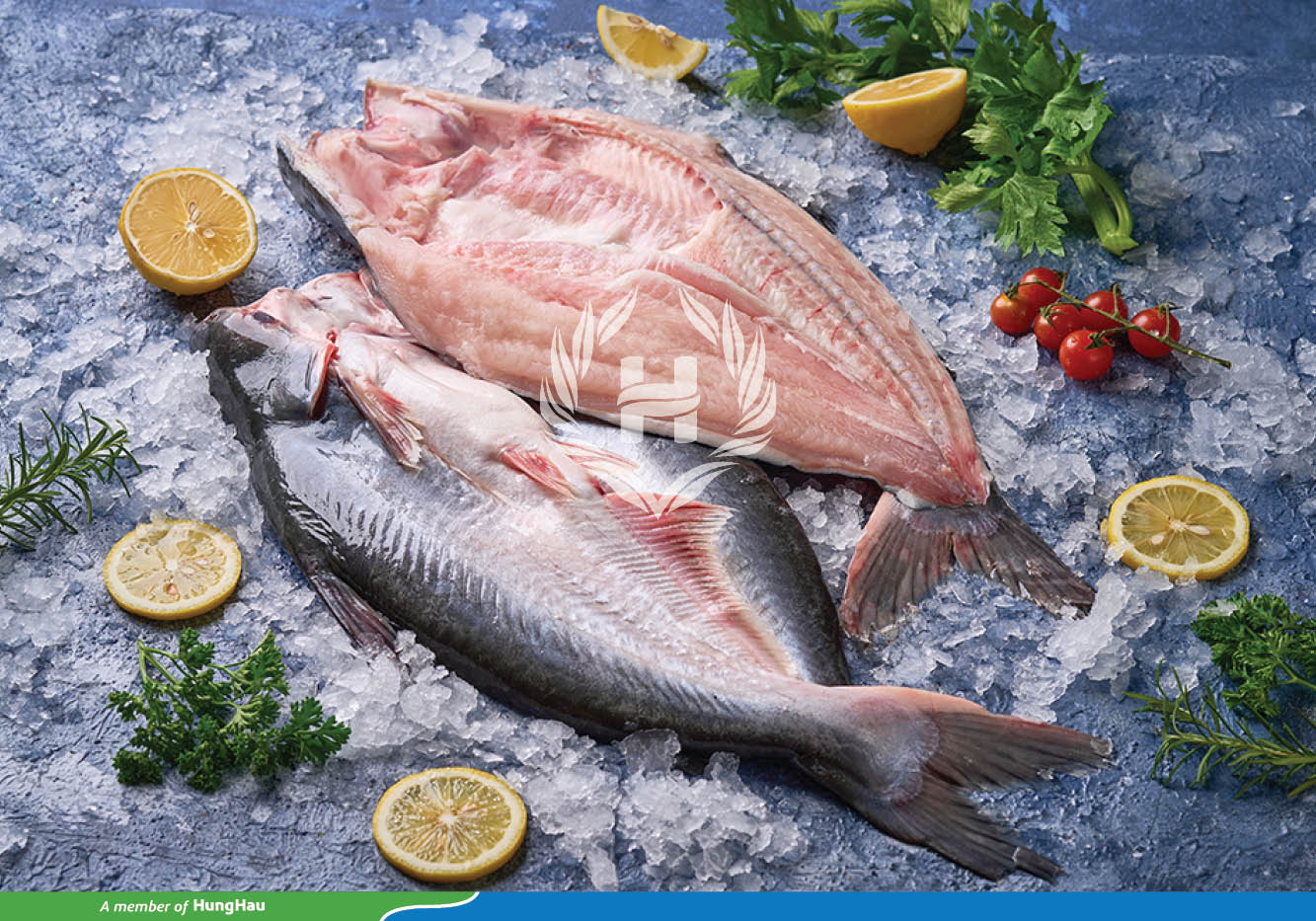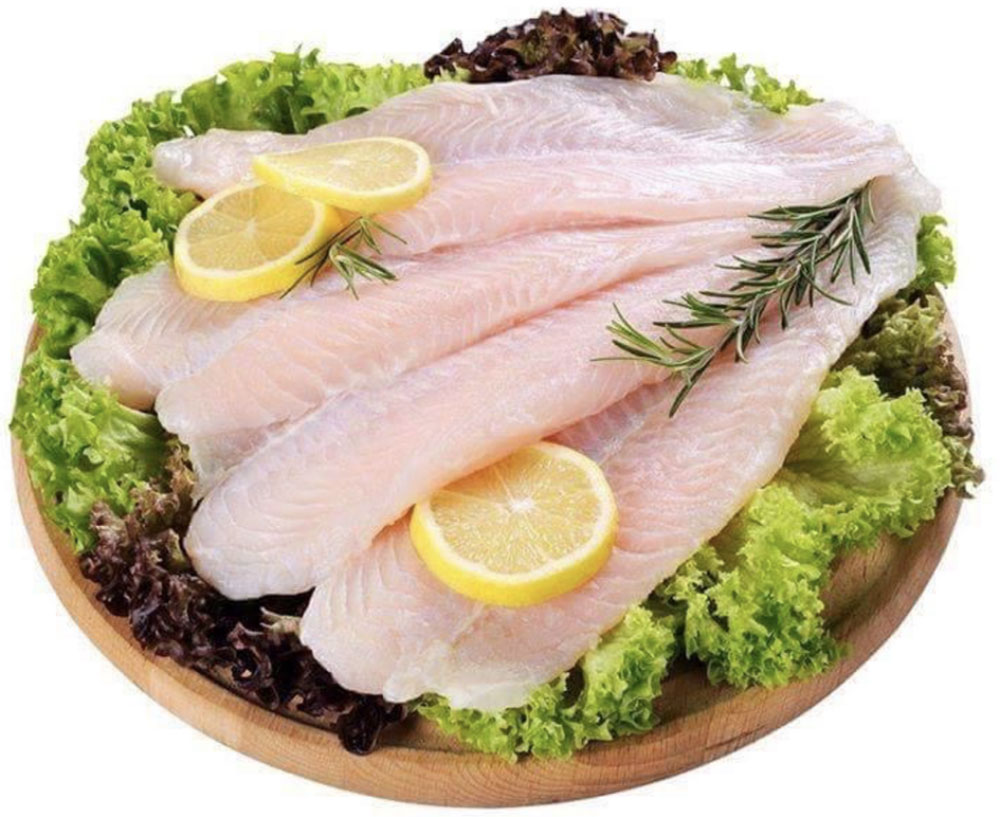Vietnam Seafood
Sustainable development of the pangasius industry
Linkages for Development
In 2024, the total pangasius farming area in the Mekong Delta was approximately 5,370 hectares with a harvested output of about 1.67 million tons, accounting for the majority of the national production. Key localities with significant farming output include An Giang, Đồng Tháp, Cần Thơ, Bến Tre and Vĩnh Long. In Bình Phú Commune (Châu Phú District), Mr. Trần Thanh Nam, a long-time fish farmer, shared: “The cost of feed, electricity, and veterinary drugs has increased, while the price of fish at the market is highly unstable. Previously, selling to middlemen was a hit-or-miss affair. Now that I’m working with a company, they commit to buying the fish, provide technical support, and it gives us farmers more peace of mind.”
Mr. Nam’s story is a testament to the positive transformations in the pangasius industry, as farmers and enterprises begin working hand in hand. From the development of farming cooperatives and groups to integrated value chains connecting farmers, processing plants, and exporters—this coordinated production ecosystem helps reduce risks while improving product quality and value.
Mr. Doãn Tới, General Director of Nam Việt Joint Stock Company, observed: “To enhance product value, the connection between farmers and processing plants is crucial. Enterprises cannot do it alone; we need collaboration with farmers and authorities. Nam Việt has built a fully integrated value chain from hatchery, farming zones to deep processing and export. This chain-based model has helped Vietnamese pangasius maintain its presence in demanding markets like the U.S. and Europe.”
An Giang has 1,220 hectares of commercial pangasius farming with about 399 farming facilities, producing around 600,000 tons annually. The province hosts 14 enterprises and 18 processing plants with a capacity of over 300,000 tons per year. The contracted farming area reaches 1,072 hectares—accounting for 87.6% of the province’s total, a relatively high ratio compared to others in the region.
Beyond securing product off-take, Nam Việt also invests in researching high-quality breeds and adopts standards such as VietGAP and ASC. The company is a pioneer in deep processing, producing items like collagen, fish oil, and animal feed from by-products—significantly increasing the value of pangasius compared to exporting raw products.

Solutions
While the linkage between farmers and enterprises in the production, processing, and consumption of pangasius has proven effective, several bottlenecks persist. Mr. Lê Trung Dũng, Vice Chairman of the An Giang Fisheries Association, pointed out: “The biggest challenge in forming partnerships is trust. In some areas, businesses delay payments, while farmers break contracts when market prices rise—causing the linkage to break down. Many cooperatives are still weak, lacking capital and management capacity, which limits the effectiveness of these partnerships.” He proposed standardizing contract templates, ensuring price transparency, and establishing clear reward–penalty mechanisms. He also emphasized the need for the government to expand preferential credit policies for farming households involved in the value chain. Additional practical solutions include expanding agricultural insurance and establishing a pangasius price stabilization fund to cushion market volatility.
Currently, market demands go beyond “delicious” to include “clean, transparent, and traceable” products. Many businesses have adopted management software, environmental monitoring systems and QR codes to trace the journey of the fish from pond to plate. “Digital transformation is no longer just a trend—it’s a necessity. Each link in the chain must share information, or we risk losing demanding customers,” affirmed Mr. Doãn Tới.
To promote effective linkages, the state’s coordinating role is crucial. According to many businesses, regulatory agencies should continue zoning farming areas toward the development of large-scale raw material zones. They should strictly monitor the quality of breeding stock, feed, and aquaculture veterinary drugs. Dialogue forums involving the “four stakeholders”—State, enterprises, farmers, and banks—should be organized regularly. The government should also support the development of modern cooperatives and intensify training for management personnel. Establishing national standards as a legal foundation for binding linkage contracts is also necessary.
In practice, a well-designed and thoroughly implemented partnership model—built on trust and transparency—can help resolve long-standing bottlenecks such as price instability, inconsistent quality and market manipulation by intermediaries.
Source: https://seafood.vasep.com.vn/



 Tiếng Việt
Tiếng Việt